How to track stolen Crypto in 2022!

Tracking Crypto movements can be important for users who've been hacked, signed the wrong transaction, or lost their crypto. It's more important than ever to know how to track stolen crypto or crypto in general, thanks to the blockchain.
What is an blockchain address?
A blockchain address is your own unique wallet where people can send you crypto or you can receive crypto. Your address can hold NFT's, tokens, crypto assets, and more. Your blockchain address will very in length and style depending on what blockchain you use.
For example, my address for Ethereum is "0x765B55B0332237478870D1Cb8D7CCb48F835730c". Depending on what blockchain you use, it will have a different variation. Just remember your address is unique and cannot be copied, this is important when tracking crypto.
How to obtain a blockchain address?
Today users have many options to create a new blockchain address regardless of what blockchain they choose to use.
Here are some examples:
- Join a Crypto exchange - Easy
- Buy a hardware wallet - Medium difficulty, but safe.
- Create a Metamask wallet - This is more advanced and less safe.
These are just examples of how to get setup with a wallet. If you are new, I highly recommend using an exchange because they can create any type of blockchain address for you. Just make sure you only send the accepted crypto to that specific crypto wallet only!
How to track your Crypto?
Once you've obtained a wallet, you can now begin to track transactions. For right now we will be using Ethereum as our blockchain example.
For our example in this article we will be using my address to explain how to track blockchain transactions. So let's begin:
We will go to our blockchain explorer, for Ethereum it's Etherscan.
- We will copy our address and paste it into the search box.
- Now we've received a list of all the transactions that have been made on the blockchain with this address.
Determine what you want to search for and look at the left side of the transaction list, it will say "TXN HASH".
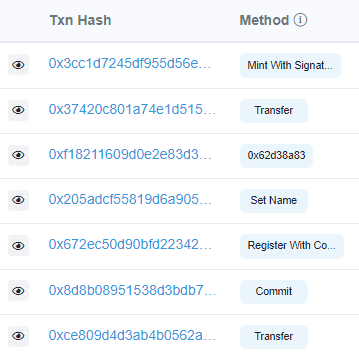
Choose which transaction you believe is suspicious and click on it. As you can see below, this is a transfer of Crypto from Coinbase to my address. In the event you were hacked, you would see funds moving from your address to an unknown address.
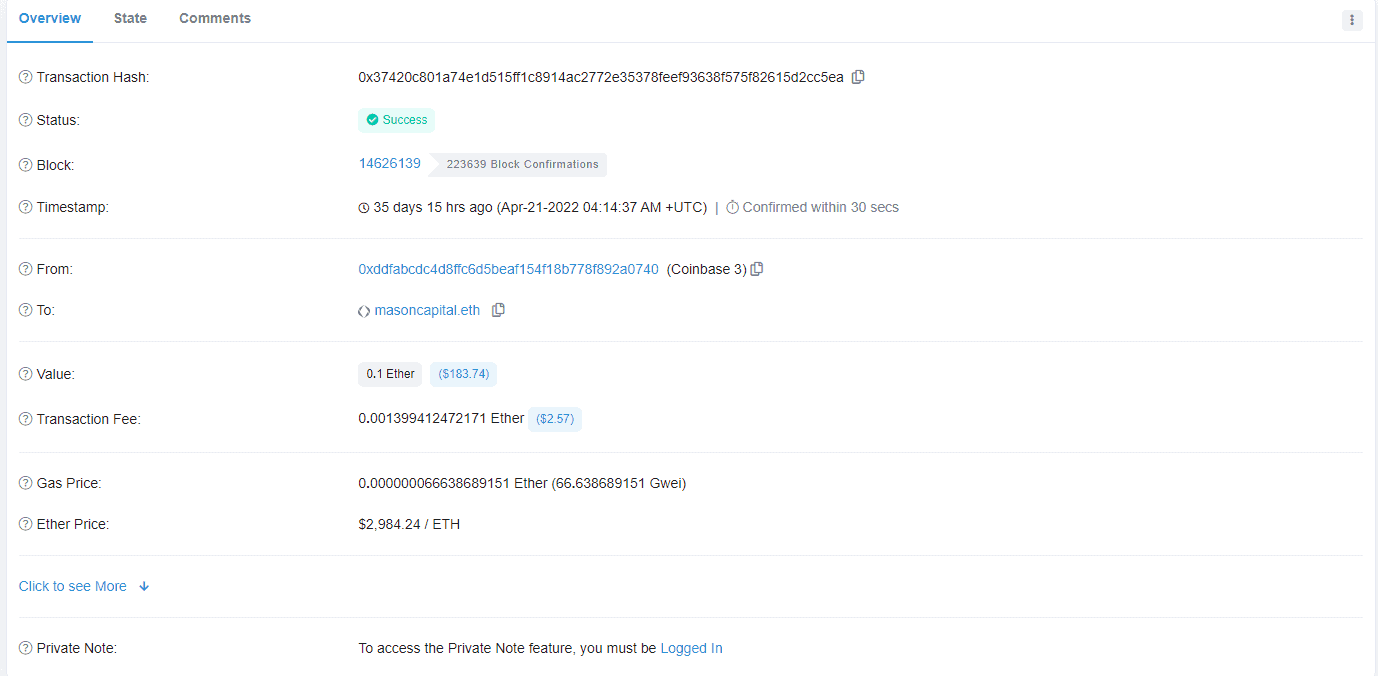
The blockchain is an open ledger, anyone can search and see all the transactions made on a specific address. However, their are services and sites hackers may use to conceal crypto that has been stolen, much of which today's stolen crypto is sent to.
What services obscure funds?
One of the most popular services users use to disguise crypto funds is Tornado Cash, a privacy tool built on the Ethereum blockchain.
Tornado Cash
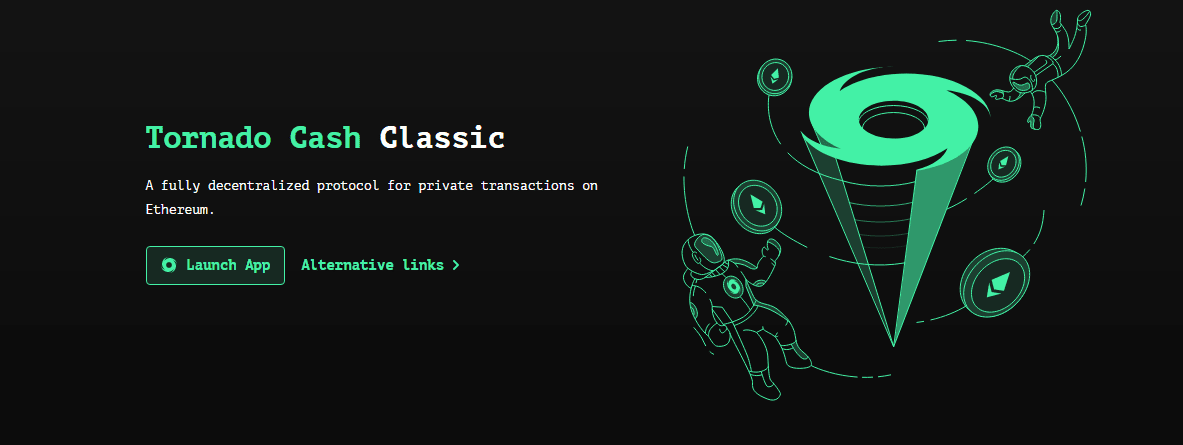
Tornado Cash launched in 2019, it was originally created for private funding of new wallets. However, this service has been used by bad actors, that's not to say the service doesn't work as intended, but due to potentially upcoming regulations it maybe risky to use.
Tornado cash uses smart contracts to deposits user funds into a pool which is mixed with deposits from many wallets which can be clean or dirty. When the user decides to withdraw funds from the pool they can choose a different address instead of using the original deposit address. This then breaks the connection between the initial deposit and withdrawal, allowing the user to fund a fresh wallet.
Is it possible to track funds withdrawn from Tornado Cash?
Yes, but it's depends. If the person withdrawing the funds hasn't waited long enough or hasn't used multiple addresses to withdraw, then their is room for mistakes. One mistake is all that's needed to track down the person that has stolen crypto assets. However, if the depositor has kept their funds in the pool for long enough, it would be difficult to track. Aside from Tornado Cash, stolen funds also move to the Bitcoin blockchain through the Ren Project.
What is the Ren Project?

Ren offers user the ability to move funds that were wrapped for example, Wrapped Bitcoin (WBTC) from the Ethereum blockchain back to the main Bitcoin blockchain. It's not always used for illegal activities, but it does allow bad actors to move easily to a different blockchain. A recent example is the phishing scam Seth Green was tricked into that ended up with him losing his Bored Ape and other NFT's resulting in a $500,000+ loss.
We will track this scammer as an example.
First, we saw the NFT's transferred from Seth's main wallet to the scammers wallet.
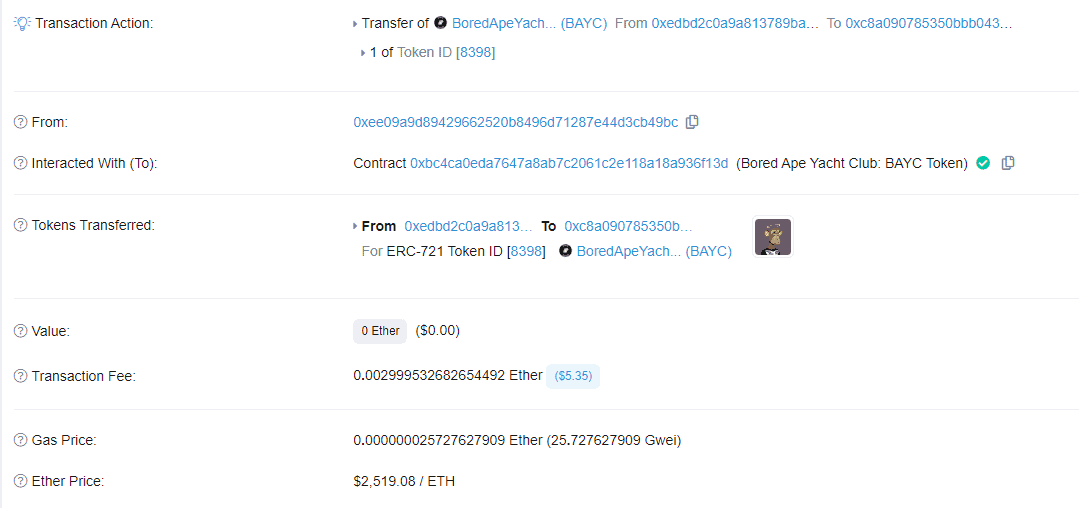
As soon as the scammer received the stolen Bored Ape, he listed it on OpenSea the largest NFT marketplace and sold it well below the floor price.

Once the scammer received the funds he immediately converted the funds to Wrapped Bitcoin on Uniswap, he then withdrew it through the Ren Project to the Bitcoin blockchain.
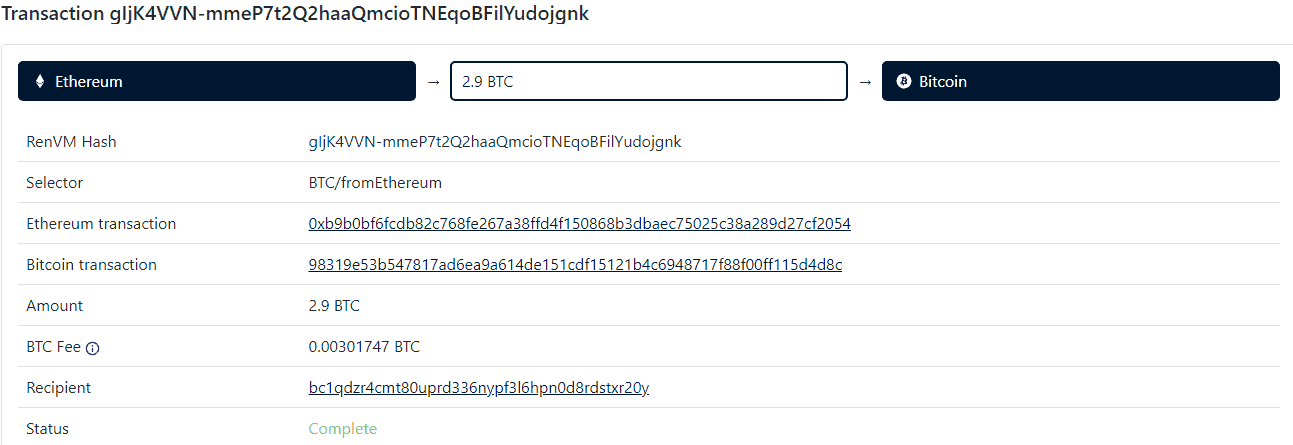
Once he received the funds on a new Bitcoin address, he sent it to a mixer and the funds are now untraceable. However, they are building tools to monitor transaction data of these transactions, we will see more developments in the future.
Do you need help with tracking your Crypto transactions?
Currently, their are no real services that offers tracking of crypto, they're are independent contributors that may offer to help for a price. If you are struggling or need help with understanding what happened with your crypto, feel free to send me an email at masoncapital.eth@gmail.com
I could consult with you and go over your transaction history for a reasonable fee. I've been in this space for over 6 years and understand how difficult it can be for new users.
Tips on how to secure your Crypto assets.
- Don't ever store your seed phrase or private key on a computer, write it down!
- Buy a hardware wallet to protect yourself from becoming a victim.
- Never share your wallet address with a stranger.
- Don't publicly talk about owning crypto assets.
- Watch out for individuals direct messaging you claiming to be a community manager or developer.
- Sign up for 2-factor authentication on every crypto exchange you use.
- Put a passcode on your account with your cellular provider.
- Verify a smart contract before submitting a transaction.
These are just tips to help you protect your funds, the only person who can protect yourself is you. The problem with crypto is you are always responsible of your funds, unless you use a crypto exchange. So, always be on the lookout of your funds.
Final thoughts
Crypto can be difficult, but that's why I and others are creating content to help newcomers into crypto. You don't have learn everything by yourself and they're wonderful communities that are willing to help. One of the best communities I've joined is r/ethfinance. A subreddit focused on new blockchain developments mainly on Ethereum, but focused on crypto in general. Jump into the daily conversation and enjoy!
Wanna learn more? Check out my YouTube below and consider subscribing for future content!

